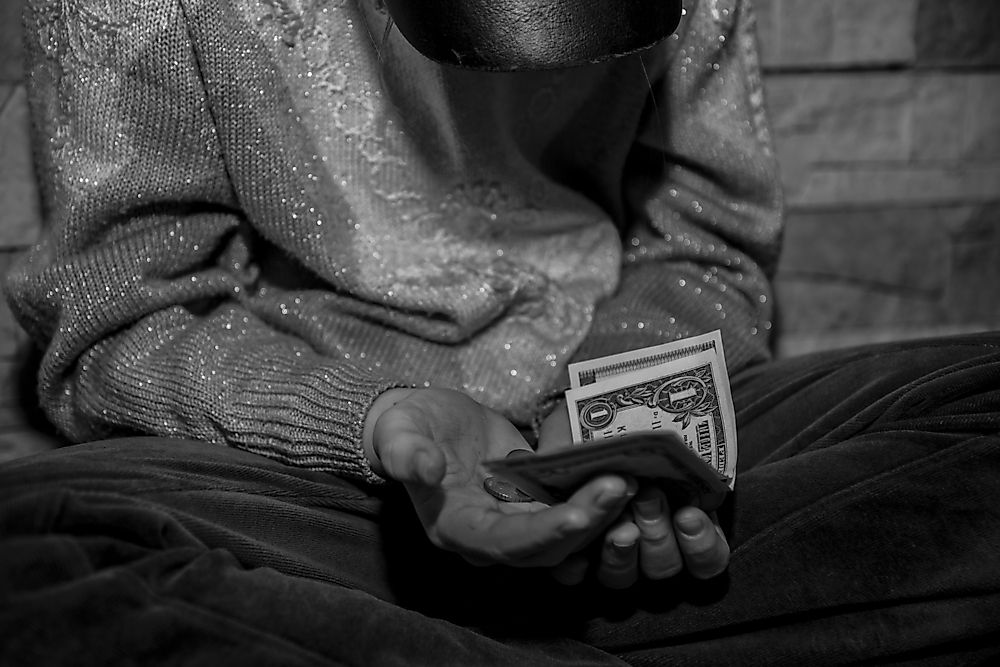An Overview of Homelessness in the United States

An Overview of Homelessness in the United States
In the United States, homelessness has continued to be a persistent social crisis. Homelessness in the country is caused by diverse factors such as lawful evictions, unaffordable housing, fire, post traumatic stress disorders, divorce, and mental illness. Other factors include negative cash flow, substance abuse, lack of income, physical disability, poverty, lack of supportive services, unemployment, no family net, low paying jobs, and gambling. In the US, homelessness affects a wide range of population segments including victims of domestic violence, families, ex-convicts, the aged, children, and veterans among others.
Who is Considered Homeless?
According to the McKinney-Vento Homeless Assistance Act, homeless persons are defined as the people lacking a permanent, regular, and an adequate place to spend the night.
Trend of Growth in the Homeless Population
Homelessness in the US surfaced as a national issue during the 1970's, when most homeless people lived in developing urban cities such as New York City. Coming into the 19th century, the great depression of the 1930's resulted in a calamitous state of hunger, poverty, and homelessness. During the 1970's, migration and the release of patients from state psychiatric institutions played a key role in the increase of the homeless population. In the 1980's the number of homeless persons plummeted as a result of increased cuts in housing and social services. One out of 50 children will be homeless each year bringing the total number of homeless children to 1.5 million. However, this number increased in 2013 to one out of every 30 children bringing the total number of homeless children to 2.5 million every year. In January 2013, the number of homeless veterans was estimated to represent 12% of all homeless adults with an estimate of 57,849 persons. Of the 12%, only 8% of the homeless veterans in the US are female. Homelessness in the US generally affects more men than women. The estimated number of homeless men ranges between 70% and 85% of the total number of homeless people. In the US the total number of people who experience homelessness for at least a few nights during the year is considerably higher with an estimate of between 2.3 million and 3.5 million. Vacant houses in the United States outnumber some homeless people by five times.
Cities With Highest Rates of Homelessness
Texas, California, and Florida have the highest number of homeless youth under the age of 18 that are unaccompanied, as they comprise 58% of the total homeless population under the age of 18. Other cities that have high numbers of homeless people include Arkansas, Chicago, Alabama, Denver, Honolulu, Iowa, Kansas, Kentucky Los Angeles, Louisiana, Maryland, Massachusetts, Michigan, Minnesota, Mississippi, Nebraska, New Jersey, New York, Oregon, Rhode Island, San Francisco, Seattle, Tennessee, Utah, Virginia, Washington DC, New Mexico and Arizona.
What Is Being Done to Help?
Efforts to assist the homeless population in the US are aided by both governmental and nongovernmental organizations. Housing is one of the key steps taken to deal with the crises of homelessness in the country. Nonprofit organizations such as the National Low Income Housing Coalition are in operation to help serve the need of housing. Since the implementation of Housing First in 2009, there have been a good number of successes particularly with regards to providing shelters to homeless people with mental health issues and substance abuse problems. Since homeless persons reported metal illness as the third reason for staying homeless, the US government opted to provide comprehensive health care services.











